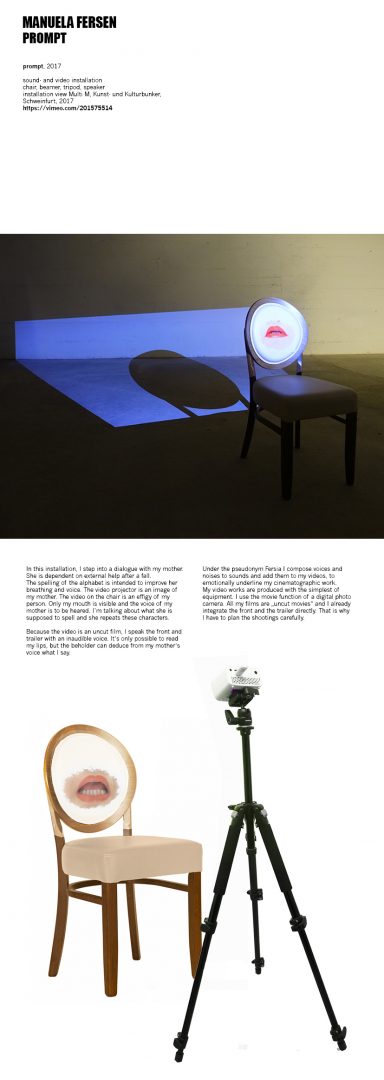The Open Call for the Social Art Award 2019 under the topic “We are the People – Peaceful Revolutions” was closed on December 15, 2019. We are very impressed by 558 submissions that were contributed by artists coming from 65 countries across all continents.
The winners of The Social Art Award 2019 are Narcissa Gold (USA), Melinda Mouzannar (Lebanon) and Bogna Grazyna Jaroslawski (Poland/Germany). The Honorary Mention goes to Kingson Kin Sing Chan (Hong Kong/UK).
Below you find the artworks, that passed the initial jury round. The public voting took place till 30 December and is a tool to give more public visibility to the topic and the artworks. It does not replace the final jury judgment. There were two wildcards for the most voted artworks that entered the final shortlist.
The focus diversity of applications shows that artists are active in the multi-faceted fields of socially engaged art reflecting on wars, genocides, femicides, traumata, violence against refugees, children, women, men, disabled people, LGBTIQs, animals. They share feelings for the planet and its living species, but also showing hopelessness due to complex crises be it climate change (e.g. in regard to water pollution), capitalism, corruption, a violation against human rights, nature, protected national parks. Many of the artists are constantly trying to give a voice to the poorest or empower unheard social groups.
It’s not only about peaceful revolutions, but it’s also about feeling a deep connection and showing love and respect for each other.
Thank you all for sharing your great and inspirational work and look at all the great contributions!
prompt
Manuela Fersen
open category
In this installation, I step into a dialogue with my mother. She is dependent on external help after a fall. The spelling of the alphabet is intended to improve her breathing and voice. The video projector is an image of my mother. The video on the chair is an effigy of my person. Only my mouth is visible and the voice of my mother is to be heared. I’m talking about what she is supposed to spell and she repeats these characters. ow can art catalyze change?: The prejudice-free dealing with people from another culture is desirable, but nowadays not self-evident. The effort to understand and accept cultural differences is important for social interaction and living together.
In this installation, I step into a dialogue with my mother. She is dependent on external help after a fall. The spelling of the alphabet is intended to improve her breathing and voice. The video projector is an image of my mother. The video on the chair is an effigy of my person. Only my mouth is visible and the voice of my mother is to be heared. I’m talking about what she is supposed to spell and she repeats these characters. ow can art catalyze change?: The prejudice-free dealing with people from another culture is desirable, but nowadays not self-evident. The effort to understand and accept cultural differences is important for social interaction and living together.



